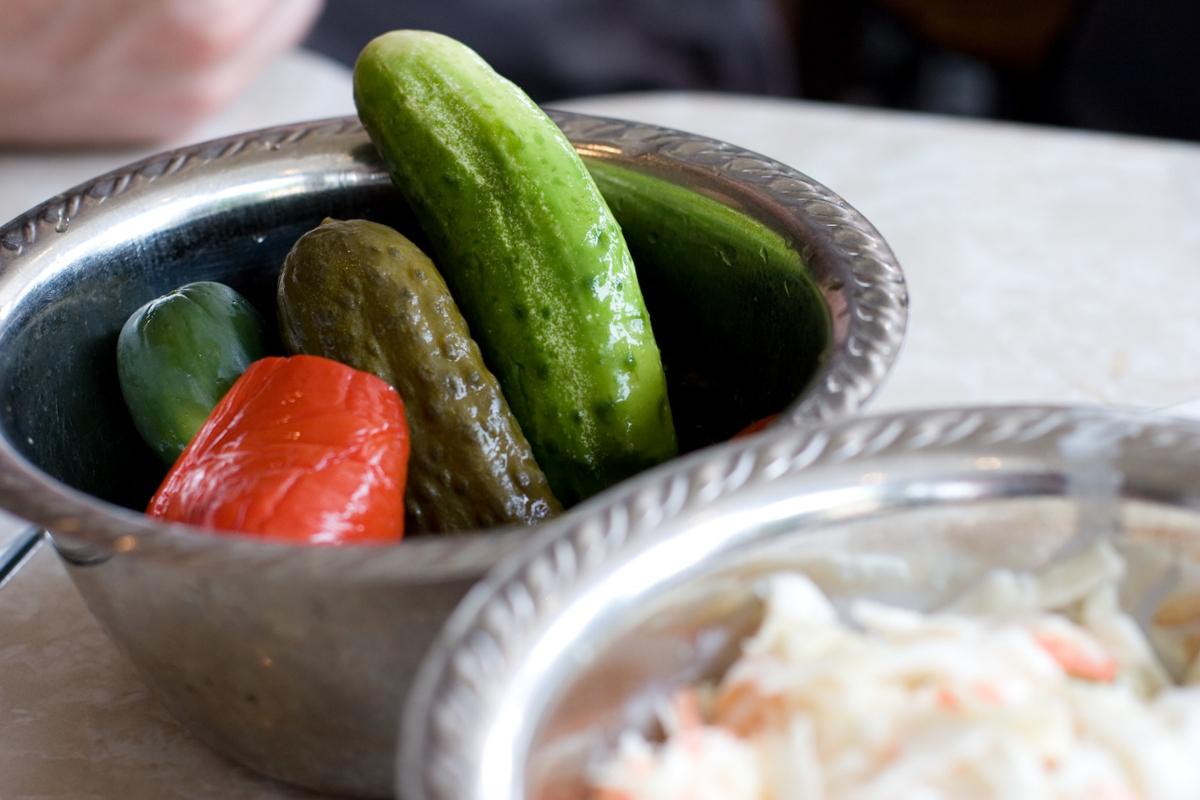Relish on hot dogs at the ballpark. Gherkins in glass jars lining grocery store shelves. Cornichons as an afternoon snack.
Put simply, pickles are everywhere. Yet these cucumbers-turned-tangy-sandwich-topping aren’t the only pickled foodstuff around. From kimchi in Korea to sauerkraut in Germany to ceviche in Peru, pickling has long been a way to preserve grub.
Pickling prevents decay by placing food—typically fruit or vegetable—in an acidic or brine solution. The pickling solution gives a one-two punch to potential spoilage. When fruit and veggies age, they begin to soften and break down as the tissue dies. A good pickling solution stops this breakdown in its tracks, preventing the chemical reactions that create browned, squishy produce. Overripe beets, anyone? No thanks—pickle them, quick!
Pickling also inhibits the growth of microorganisms such as bacteria and mold. These tiny lifeforms eat your food and emit waste, causing yesterday’s dinner to become tonight’s slimy, rotting mess. Vinegar’s acidity kills off bad microorganisms, making it a popular choice for a pickling liquid.
Salt, an ingredient in brine, works slightly differently: while its salinity stops bad microorganisms, it encourages the growth of other bacteria that produce acid. And acid, we know, preserves food. Using benign bacteria in this way is better known as fermentation.
What results from all this salty, acidic soaking? For one, a longer shelf life for pickled and fermented food, allowing produce—or sometimes meat and eggs!—to stay edible and nutritious for longer than their fresh counterparts. Of course, another benefit is that sharp, vinegary taste. And with pickle-flavored ice cream, potato chips, and even beer available, pickling is preserved as part of American cuisine.










